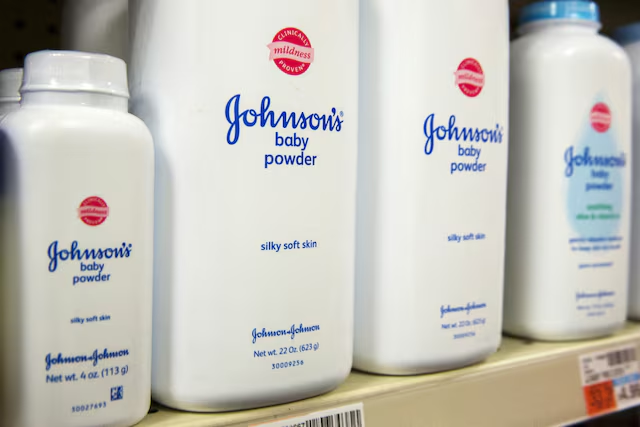Johnson & Johnson is facing a new proposed class action lawsuit seeking damages and medical monitoring for women diagnosed with or at risk of developing cancer due to the company’s baby powder and other talc products. Filed on Monday in New Jersey federal court, this is the first lawsuit to request medical monitoring, or regular testing to detect cancer early, for talc users. The proposed class could encompass thousands of women, excluding the more than 61,000 individuals who have already filed personal injury lawsuits alleging that J&J’s talc contains asbestos, a known carcinogen. Johnson & Johnson maintains that its talc is safe, asbestos-free, and does not cause cancer.
The law firms behind this new case oppose J&J’s proposal to settle nearly all talc claims for $6.48 billion through a prepackaged bankruptcy. These firms are also pursuing a separate class action to block the bankruptcy proposal, which requires support from 75% of talc claimants, with a voting period ending on July 26. Erik Haas, J&J’s worldwide vice president of litigation, criticized the new lawsuit as “meritless,” accusing plaintiffs’ lawyers of obstructing the bankruptcy plan to collect higher fees outside of bankruptcy, thus prioritizing their interests over their clients’.
In contrast, the opposing lawyers argue that their stance is not driven by fees but by the inadequacy of the bankruptcy proposal to compensate their clients fairly. Chris Tisi, one of the lawyers leading the new lawsuit, emphasized that medical monitoring is essential because the proposed bankruptcy plan’s funding is insufficient to address the needs of women who might develop ovarian cancer in the future due to past use of baby powder.
Both the proposed settlement and the new class action focus on claims that J&J’s talc caused ovarian and other gynecological cancers, which represent the majority of cases. A smaller number of claims involve mesothelioma, most of which have already been settled.
J&J has previously attempted and failed twice to resolve current and future talc claims through bankruptcy. This legal strategy, known as a Texas two-step, involves creating a subsidiary to absorb the company’s talc liability, which then declares bankruptcy to settle the cases. These efforts failed because courts found that the new subsidiary did not exhibit sufficient “financial distress” to justify bankruptcy.
As the legal battles continue, the outcome of this new proposed class action and the opposition to J&J’s bankruptcy settlement plan will be closely watched by many, particularly those affected by the alleged risks associated with talc products.
READ MORE:
